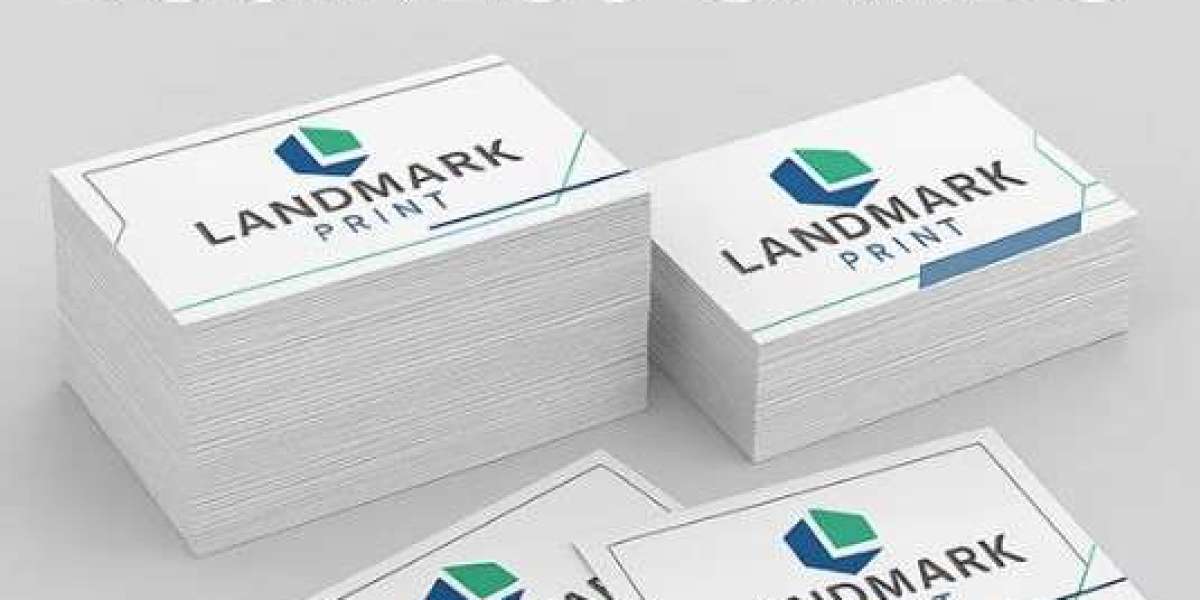Introduction
The cat litter market is evolving as consumers become more conscious of sustainability and environmental impact. Traditional clay-based litter has dominated the industry for decades, but biodegradable alternatives are gaining traction. This article explores the differences between biodegradable and traditional cat litter, comparing their composition, benefits, environmental impact, cost, and market trends.
Composition and Types
Traditional Cat Litter (Clay and Silica-Based)
Typically made from bentonite clay, which forms clumps when exposed to moisture.
Silica gel litter absorbs moisture effectively and provides odor control.
Non-biodegradable and sourced through mining processes.
Biodegradable Cat Litter
Made from plant-based materials such as wood, corn, wheat, recycled paper, and coconut husks.
Breaks down naturally and can often be composted.
Free from artificial additives and chemicals, making it a safer option for cats and the environment.
Environmental Impact
Traditional Litter
Mining for bentonite clay leads to habitat destruction and high energy consumption.
Non-biodegradable and contributes to landfill waste.
Dust and silica particles may contribute to respiratory issues in pets and humans.
Biodegradable Litter
Made from renewable resources, reducing environmental footprint.
Decomposes naturally, with some variants being flushable or compostable.
Produces less dust and is generally safer for pet health.
Performance and Usability
Absorbency and Odor Control
Traditional clay litter provides strong clumping and moisture absorption.
Silica gel variants offer extended odor control with moisture-locking capabilities.
Biodegradable litter varies in absorbency depending on the material but is improving with new formulations.
Ease of Disposal
Traditional litter must be disposed of in landfills and is not compostable.
Some biodegradable litters can be flushed (depending on local regulations) or composted, offering eco-friendly disposal options.
Cost Comparison
Traditional Litter
Generally more affordable and widely available.
Bulk purchasing options make it cost-effective for multi-cat households.
Biodegradable Litter
Higher initial cost due to sustainable sourcing and production processes.
Long-term savings possible through reduced waste and better efficiency.
Market Trends and Consumer Preferences
Growing Demand for Sustainable Alternatives
Consumers are increasingly prioritizing eco-friendly products.
Regulatory pressure and environmental awareness are driving market shifts.
Innovation in Biodegradable Litter
Advancements in odor control and clumping ability are improving product performance.
Brands are investing in sustainable packaging and ethical sourcing.
Conclusion
Both traditional and biodegradable cat litter have their advantages and drawbacks. While clay-based litter remains popular for its affordability and efficiency, biodegradable options are gaining ground due to their eco-friendliness and health benefits. As sustainability trends continue to shape consumer choices, the demand for biodegradable cat litter is expected to grow, pushing manufacturers to enhance product performance and accessibility. Ultimately, the best choice depends on individual preferences, budget, and environmental considerations.








